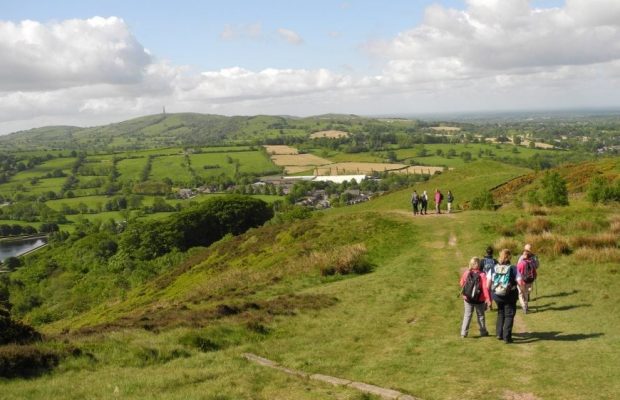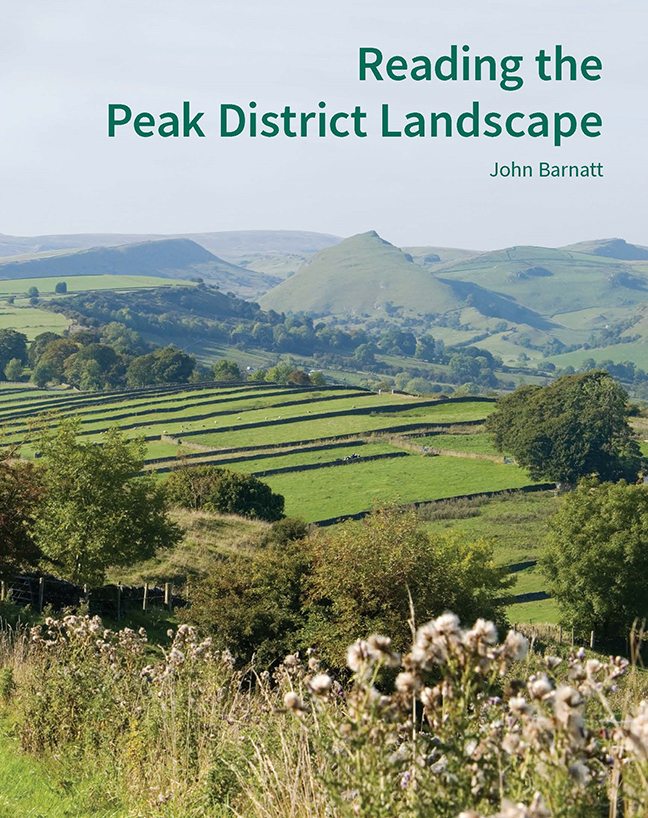- Home
- News
- What’s On
- Activities for Children
- Arts & Crafts
- Autos and Bikes
- Business events
- Car Boot & Auctions
- Charity events
- Churches & Religious
- Comedy
- Dance
- Days out & Local interest
- Education
- Exhibition
- Film
- Gardening & Horticulture
- Health
- Markets & Fairs
- Music
- Nature & Environment
- Spiritual
- Sport
- Talks and Discussions
- Theatre and Drama
- Business
- Local Information
- Jobs
- Deaths
- Charity events
- Contact Us
Reading the Peak District Landscape

A new book has been launched to help people understand how the Peak District landscape has been shaped over thousands of years by past generations.
‘Reading the Peak District Landscape’ has been written by John Barnatt who, prior to his recent retirement, worked as the Senior Survey Archaeologist for the Peak District National Park Authority for 27 years.
Throughout the 272-page book, John describes many of the area’s archaeological sites and landscapes, illustrated with colour photographs, maps, plans and drawings, to help explain how places in the Peak District have come to look the way they do today.
The book explores how people have lived and worked in the landscape, from scattered farmsteads to Medieval villages, and industrial sites from different ages, where lead, coal and stone have been mined and quarried. Prehistoric sites, Roman, Medieval, and remains from later periods, all feature in the book.

Author and archaeologist, John Barnatt said: “Wherever you look in the Peak District landscape you will find that it has been influenced in some way by people. Whether you’re looking at the pattern of walls around a village that preserve the Medieval strip fields, or at stone guide stoops and hollow ways on the moors that show ancient transport routes, these are cultural landscapes which allow us to feel a connection with our past.
“I hope that people reading the book will be inspired to look at what is around them in different ways and start to read for themselves the evidence they can see in the landscape.”
Publication of ‘Reading the Peak District Landscape’ has been supported by the Peak District National Park Authority and Historic England.
Peak District National Park Authority member with responsibility for landscape and heritage, Ken Smith said: “The Peak District landscape is beautiful and appreciated by millions for its wild-looking moorlands, panoramic views and gorgeous dales, but the views everyone enjoys are largely the result of how people have previously managed the land as well as now. It’s important to understand that the landscape contains traces of past activity from different periods and that helps tell its story.
“This wonderful book is the culmination of decades of research and it explores how many generations of people and communities – from prehistory to post-industrial times – have shaped the land. It is packed with interesting case studies that describe and interpret the Peak District through time, explaining and mapping the landscape.”
The paperback book ‘Reading the Peak District Landscape’, priced at £20 as an introductory offer (r.r.p. £30), is available to buy from National Park visitor centres at Bakewell and Castleton, and online at www.peakdistrict.gov.uk/shop.
Photo – book cover: The new book, Reading the Peak District Landscape, aims to help people understand how the area has been shaped over thousands of years by past generations.

You must be logged in to post a comment Login